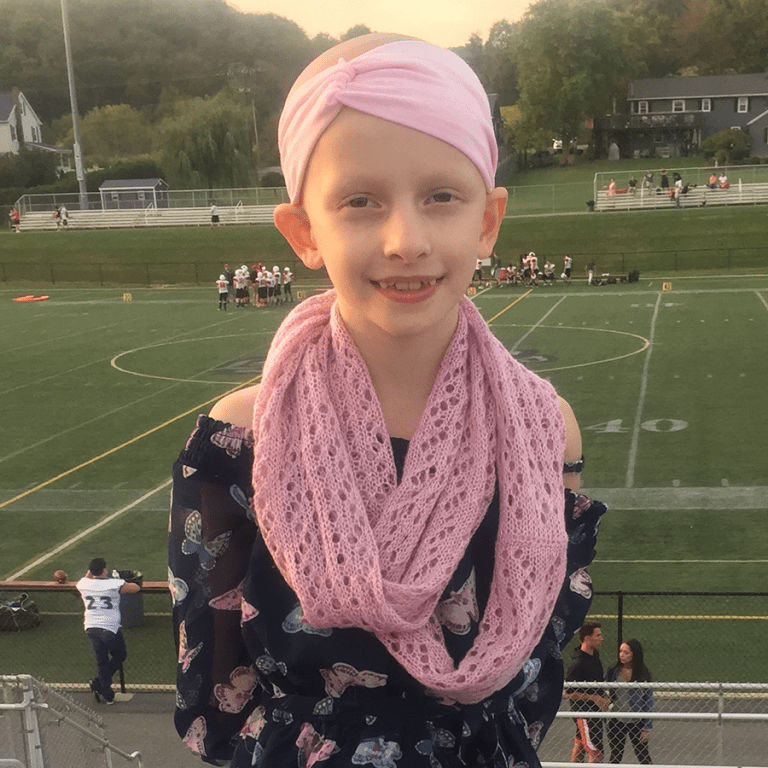Thanks to donors like you, Peter Gordon, MD, PhD, has already discovered how to deliver drugs to leukemia cells using nanoparticles.
Typically, these tiny particles are about 20–100 nanometers in size. To put that in perspective, a sheet of newspaper is about 100,000 nanometers thick.
This novel delivery system may help cancer drugs be more effective while making patients less sick because the targeted treatment avoids healthy cells and directly activates the drug in cancer cells.
How your donations help:
Gordon will further test his nanoparticle delivery system on Ewing sarcoma and neuroblastoma cells with a drug used to treat many childhood cancers. If successful, Gordon’s idea could benefit patients with a variety of cancers around the world.
Why he’s a pediatric oncologist:
“The first moment I knew pediatric oncology was right for me was my first clinic in 2006. There was a little boy who had hepatoblastoma. I left his room knowing it was the right thing to be doing. I had no idea what I was going to do next, but I knew [pediatric oncology] was the right choice. It’s the combination of the medicine and science. You get to know your families incredibly well. Having kids made it even more real. I remember getting a call from the ER with a new patient who had come in. He was 3 months old and had the same birthday as my son. I remember thinking, ‘This could be my kid.’ Whenever I deliver bad news, I can go to the lab as an outlet and try to come up with a solution,” said Gordon.
Learn more about the work we fund in leukemia research.
Early Leukemia Detection in Newborns




